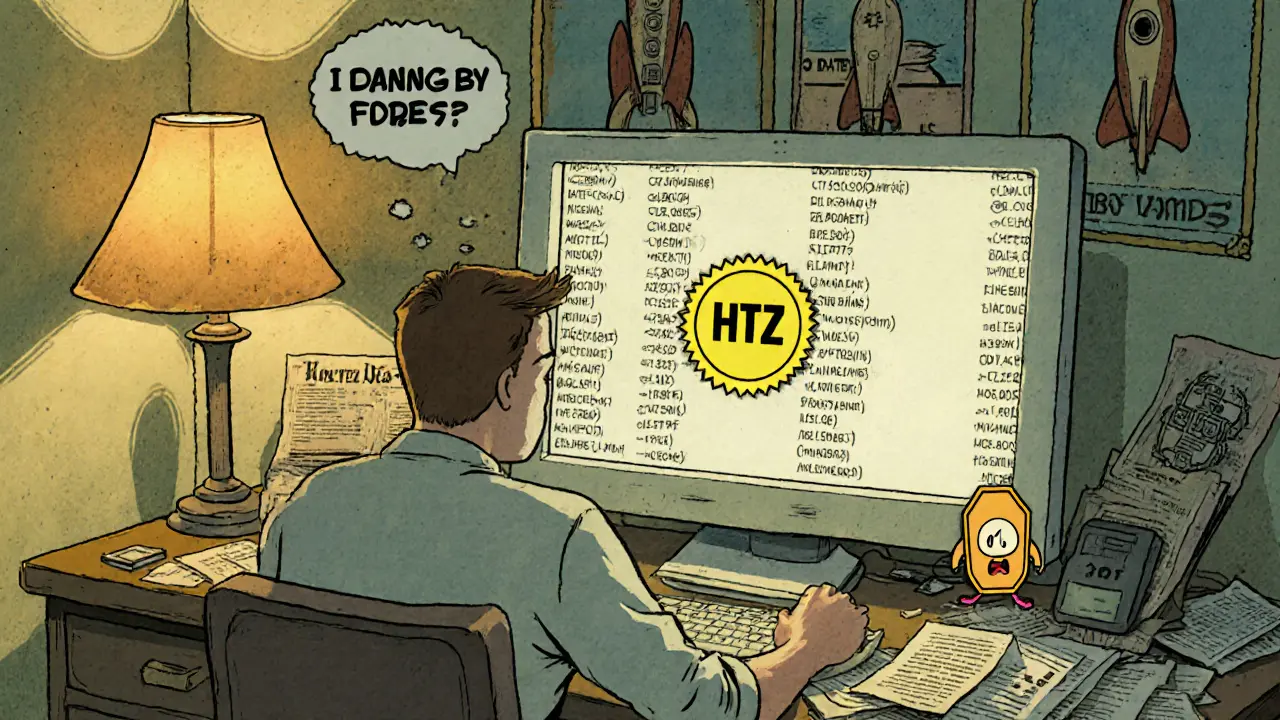dPoS (Delegated Proof of Stake) Explained
When working with dPoS, a consensus mechanism where token holders delegate their stake to trusted validators to secure a blockchain. Also known as Delegated Proof of Stake, it lets the network scale while keeping voting power in the hands of the community. Staking, the act of locking up tokens to earn rewards fuels the system, but instead of every holder running a node, they select Validators, entities that produce and validate new blocks on behalf of delegators. This delegation creates a layer of Governance, the process where token owners vote on protocol upgrades and reward distribution, making the chain both fast and community‑driven.
Key Attributes and How They Fit Together
The core of dPoS is a set of clear attributes: a limited set of validators, a transparent voting system, and reward mechanisms that align incentives. Validators are chosen based on the amount of delegated stake, so a token holder’s voting power directly influences who secures the network. This creates a semantic triple: dPoS requires staking to empower validators; validators enable fast block finality; fast block finality supports high‑throughput DeFi applications. Because the validator set is small, transaction throughput can rival centralized services, yet governance remains decentralized because any holder can re‑delegate at any time. Token economics often include inflationary reward pools, which are distributed proportionally to delegators and validators, tying token supply growth to network security. Compared with pure Proof of Stake, dPoS reduces the need for every user to run costly hardware, and unlike Proof of Work it avoids wasteful energy consumption. The model also works well with liquid staking solutions—users can earn staking rewards while keeping their tokens tradable, a feature highlighted in many of the articles on this page.
Understanding dPoS opens the door to a range of practical topics you’ll see below. From stablecoins that rely on delegated validators for price stability, to cross‑chain bridges that need trusted nodes to relay messages, the ecosystem is tightly woven around the principles explained here. You’ll also find deep dives into tokenomics, smart‑contract audits, and exchange reviews that all touch on how dPoS‑based chains manage risk and reward. Whether you’re curious about how airdrop eligibility can be influenced by delegations, or how governance votes shape the future of DeFi protocols, the collection of guides below gives you actionable insights. Dive in to see how dPoS powers the projects you read about and how you can participate safely and profitably.
Hertz Network (HTZ) Crypto Coin Explained: Price, Supply, Risks
by Johnathan DeCovic Oct 11 2025 2 Cryptocurrency Hertz Network HTZ crypto coin low market cap dPoSDiscover what Hertz Network (HTZ) crypto coin is, its technical specs, market data, trading options, and why experts view it as a high‑risk, likely dead project.
READ MORE
